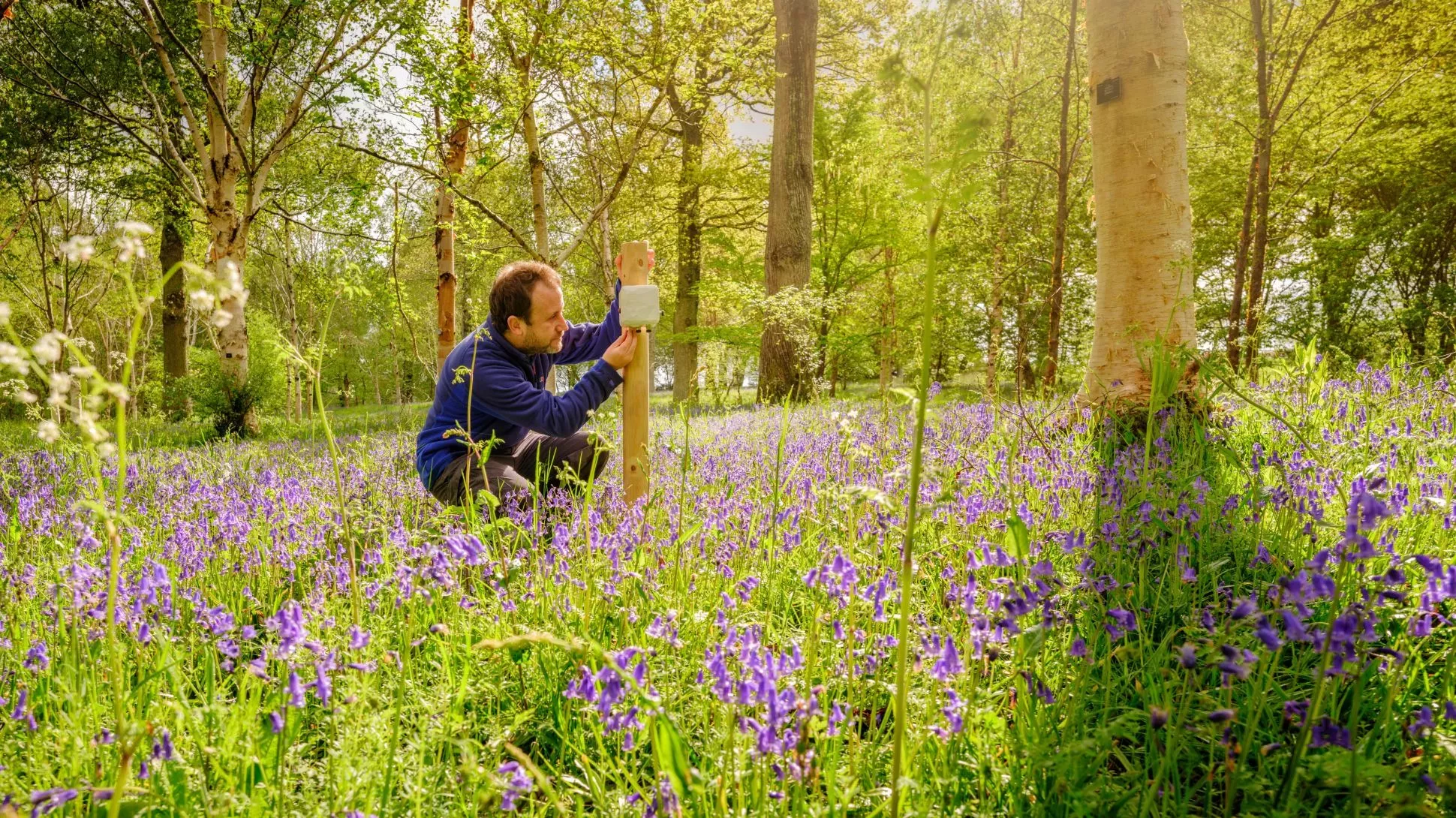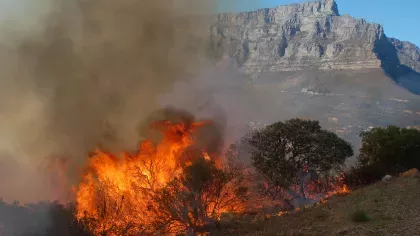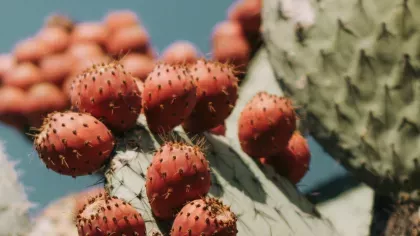10 November 2022
Explained: What is COP15 and why is it important?
We are now living in an age of extinction with biodiversity loss ranked as one of the biggest threats facing humanity. Here's all you need to know about the UN Biodiveristy Conference COP15.

With a recent report highlighting a 69% plunge in wildlife populations over the past 48 years, the scene is set for one of the most crucial environmental summits of 2022.
But what is COP15 and why does it matter?
‘COP’ simply stands for the Conference of the Parties of an international convention and, this year, there are three - one for biodiversity (COP15), one for climate change (COP27) and one for world wildlife (COP19). The numbers simply indicate how many times the parties have met.
Here are the answers to some of your frequently asked questions.
What is COP15?
Also known as the United Nations Biodiversity Conference, COP15 is the fifteenth meeting of Parties to the Convention on Biological Diversity (CBD), bringing together countries to agree on targets to ensure the survival of species and stem the collapse of ecosystems across the world.
Because of the COVID-19 pandemic, countries have not met for several years, so COP15 is a particularly important once-in-a-decade opportunity to halt destruction of the natural world.
Previous targets, agreed at COP10 in Aichi, Japan, have not been met, so there is renewed pressure to put in place the financial and political support needed and the stakes are high.

What is the Convention on Biological Diversity?
The Convention on Biological Diversity, or CBD, was one of three landmark international agreements to protect the environment, agreed at the Rio Earth Summit in 1992.
It sets out guidelines for countries to protect biodiversity, ensure sustainable use, and promote fair and equitable benefit sharing.
To date, the Convention has been adopted by over 190 UN member states, or ‘Parties’.
Where will it be held and for how long?
The two-week conference starts on 7 December 2022 in Montreal, Canada. The original pre-pandemic hosts, China, will hold the COP15 Presidency.
How is COP15 different from COP27?
While biodiversity and climate change are inextricably linked and need to be addressed together, COP15 will focus on strategies to halt biodiversity loss, whereas COP27 is focusing on ramping up ambition to limit global warming to below 2 degrees and mitigating climate change.
The clear targets of the UN Climate Change negotiations have made them more visible to the public and we need to raise awareness of the biodiversity crisis to give it a similar profile.
Nature is key to reaching net zero and will provide us with solutions to the challenges we face due to the changing climate (for example, drought, land use, food security etc).

Why does COP15 matter for all life on Earth?
COP15 will focus on setting agreed global targets to halt and reverse the loss of ‘biodiversity’ – that is, the variety within species of animals, plants, fungi, and even microorganisms like bacteria, making up our natural world. This variety is critical for our survival.
All the interactions between plants, fungi and animals lead to the food we eat and the medicines we rely on. They also underpin our health and wellbeing, ensuring we have clean water and oxygen.
Plants and fungi also regulate the climate, protect communities from natural disasters like hurricane damage, and counteract the pollution in the air by carbon-sequestering.
Many scientists agree that biodiversity is at a tipping point, and decisions made now at COP15 may be our last chance to conserve the natural world and our existence as we know it.
What happens at COP15?
COP15 in Montreal will see representatives of 196 governments, joined by delegates from a wide range of stakeholders such as the business and finance community, scientists and academics, indigenous peoples and local communities, and youth representatives.
These parties will meet to negotiate new plans, strategies, and targets to tackle biodiversity loss.
There will be side meetings and talks where delegates will share ideas and information, and there will be a high-level segment attended by global environment ministers.
The expectation is that the meeting will demonstrate political will and agree on financial support to ensure that the new set of targets are both ambitious and achievable.
What is on the agenda at COP15?
COP15 has a packed agenda but some of the key points Kew will be focusing on include:
1. Linking the biodiversity and climate crises together
Kew understands that biodiversity loss and climate change are inextricably linked. One exacerbates the other so both must be tackled together, and biodiversity targets should integrate climate action to be successful.
The unusual timing of the biodiversity and climate change meetings this year provides us with a unique opportunity to tackle both crises together.
Kew research is working to put this into action, including projects to adapt agriculture to climate change and produce climate resilient coffee to support Ethiopia’s economy.
2. Kew’s global partnership network
Our global partnership network and our experience of developing agreements to frame these relationships, has given us a key role in advising discussions on ensuring the CBD and related protocols deliver benefits fairly and support conservation and sustainable use.
As a member of the Consortium of Scientific Partners, Kew supports the CBD Secretariat to ensure biodiversity targets are rooted in science, and through the Global Partnership on Plant Conservation we have previously inserted language in draft targets to ensure plants are not overlooked in conservation efforts.
3. Kew’s biodiversity expertise
Deforestation, habitat loss and species extinctions are all caused by land-use change — a leading cause of biodiversity loss worldwide.
Countries are agreeing on strategies to mitigate the effects of land-use change on global biodiversity and Kew’s experience and advice is vital to make sure these do more good than harm for people and the planet, while ensuring they are supported by good implementation and monitoring tools.
4. Protecting 30% of land and sea for nature
Kew is supporting the science-based proposal for a new target to protect at least 30% of the planet’s land and ocean by 2030 (referred to as 30 by 30), but we stress the need for effective management, funding, and equitable governance to maximise positive biodiversity outcomes.
Ultimately, the designation of protected areas is only as useful as the management and monitoring they receive, and funding must be adequate to ensure resources are not spread thin over an increasing number of protected areas.
Why are our scientists at Kew going?
Kew scientists have been involved in shaping the decisions of the CBD right from the start.
We will be in Montreal working with the UK government delegation, our international partners and other stakeholders from the science community to help ensure plants and fungi are central to the new framework going forward, and that it is based on the most up-to-date science.


What about COP19? What is that about?
The third COP happening this year is the World Wildlife (CITES) COP, COP19, taking place from 14 to 25 November 2022 in Panama City, Panama.
To find out more, look at our COP19 page and blogs where you’ll learn about our work protecting plants through wildlife trade regulations.



